Wild Garlic: How to forage it, and how to grow your own
If you are new to foraging, wild garlic is the ideal place to start says Mark Diacono.

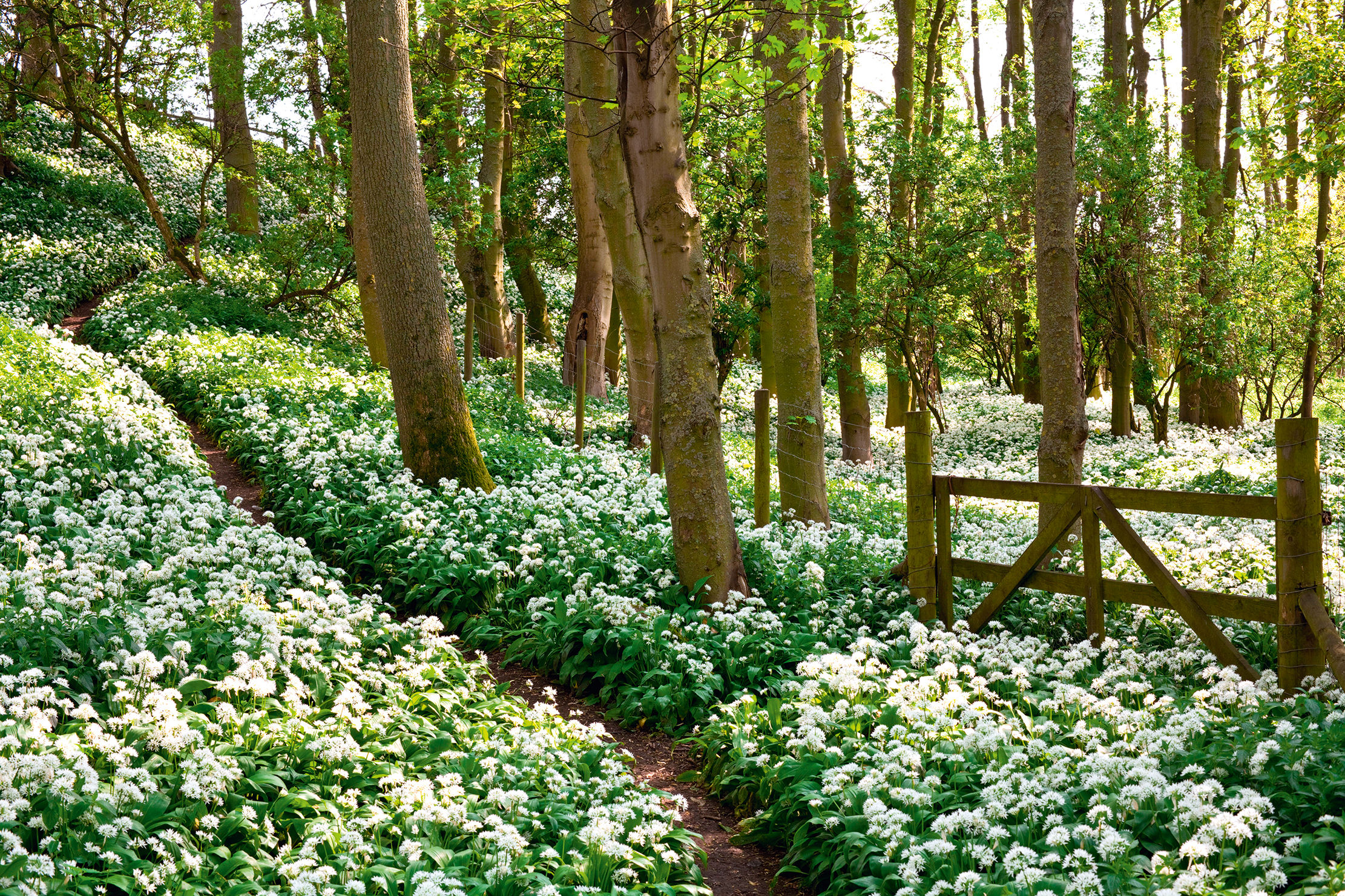
As Spring pokes the tip of its nose out from under winter’s blanket, my wife and I — and, if the promise of cake has proved compelling, our daughter — take to coastal woods in search of damp, half shade and the magic that lies within.
We may not be the only ones: there are often others with basket, sharp knife and a hopeful gaze after ‘their’ patch of wild garlic (Allium ursinum, also known as ramsons). This annual pilgrimage carries much significance now: as well as being one of the few forages we have long done as a family, it soaks us all in optimism that perhaps winter really is soon to be behind us.
If you are new to — and perhaps a little nervous of — foraging, wild garlic is a good place to start. Its wide green tongues are easy to identify; although a few plants (including lily of the valley) look superficially similar, none has its characteristic bright garlic scent. The bulbs, buds and flowers are all edible, but it is the young leaves that are the primary harvest.
Rather than pulling up the plant, slicing through the leaves an inch or so above ground allows the plant to persist and new leaves to grow; it only takes us 15 minutes at most to cut a basketful. We take care to pick from a patch a few steps from the path to avoid dog pee, but, when home, I always soak the leaves in the sink for a quarter of an hour or so to dislodge rogue leaves and other woodland detritus. As with salad leaves and lettuces, this also conditions them, extending their shelf life. Drained, dried and bagged, wild garlic will last at least a week in the bottom of the fridge.
The leaves lose much of their bright, fresh flavour if overcooked: a handful briefly wilted into scrambled eggs provides the reward once we are back indoors, with pesto making and wild-garlic ravioli likely to follow. I freeze a few handfuls, briefly blanched, to use another time. You may find buds and/or white flowers in the harvest: both are very good in tempura or for adding a little punch and contrast in leafy salads.
Wild garlic will also thrive in your garden. There are few plants that do so well in damp shade, especially providing delicious ground cover, too, but wild garlic will grow well in sunnier spots and in a well-drained soil, although avoid anywhere too dry. Bear in mind that the shadier the spot, the longer the harvest season, often stretching into early summer, and that once summer’s heat crosses an invisible threshold, the leaves vanish back to the bulb, reappearing in the new year.
Wild garlic is easy to grow from seed or young plants. I am usually in favour of shortening the journey from planting to eating, so, in my own garden and when designing and planting others, I almost always start with young plants. For those with more patience, sow seeds undercover in March, keep the compost lightly moist and germination should occur one to two weeks later. Transplant to their final location four weeks later allowing 4in between plants. You can sow them direct in May. Allow plants to go unharvested for the first year to get established, removing the flower spikes as they appear to direct the plant’s energies to developing well.
Exquisite houses, the beauty of Nature, and how to get the most from your life, straight to your inbox.
Once growing, wild garlic will reach 16in–20in high and give you several cuts in the heart of the season, from March to the end of May, with a week or two either side, depending on location and weather. It forms dense colonies over time by multiplying its underground bulbs. It can spread at a reasonable rate in the encouraging conditions of a beech woo and, although this happens at a much slower pace — if at all — in your garden, you can always lift and remove any bulbs threatening to spread into unwanted territory.
You may wonder why you should bother growing wild garlic when it can be so abundant in the wild. Firstly, as much as I enjoy foraging, having a little on your doorstep to use at short notice is so good; secondly, many parts of the country (for example, the dry South-East) have little wild garlic growing naturally; and thirdly, it can be the perfect answer if you are looking to colonise a shady, damp spot with something delicious and perennial — and that attracts pollinators and other beneficial insects.
Mark Diacono grows edibles, both usual and unusual, at Otter Farm in Devon (www.otterfarm.co.uk). His latest book is 'From Scratch: Ferment' (Quadrille, £12.99)
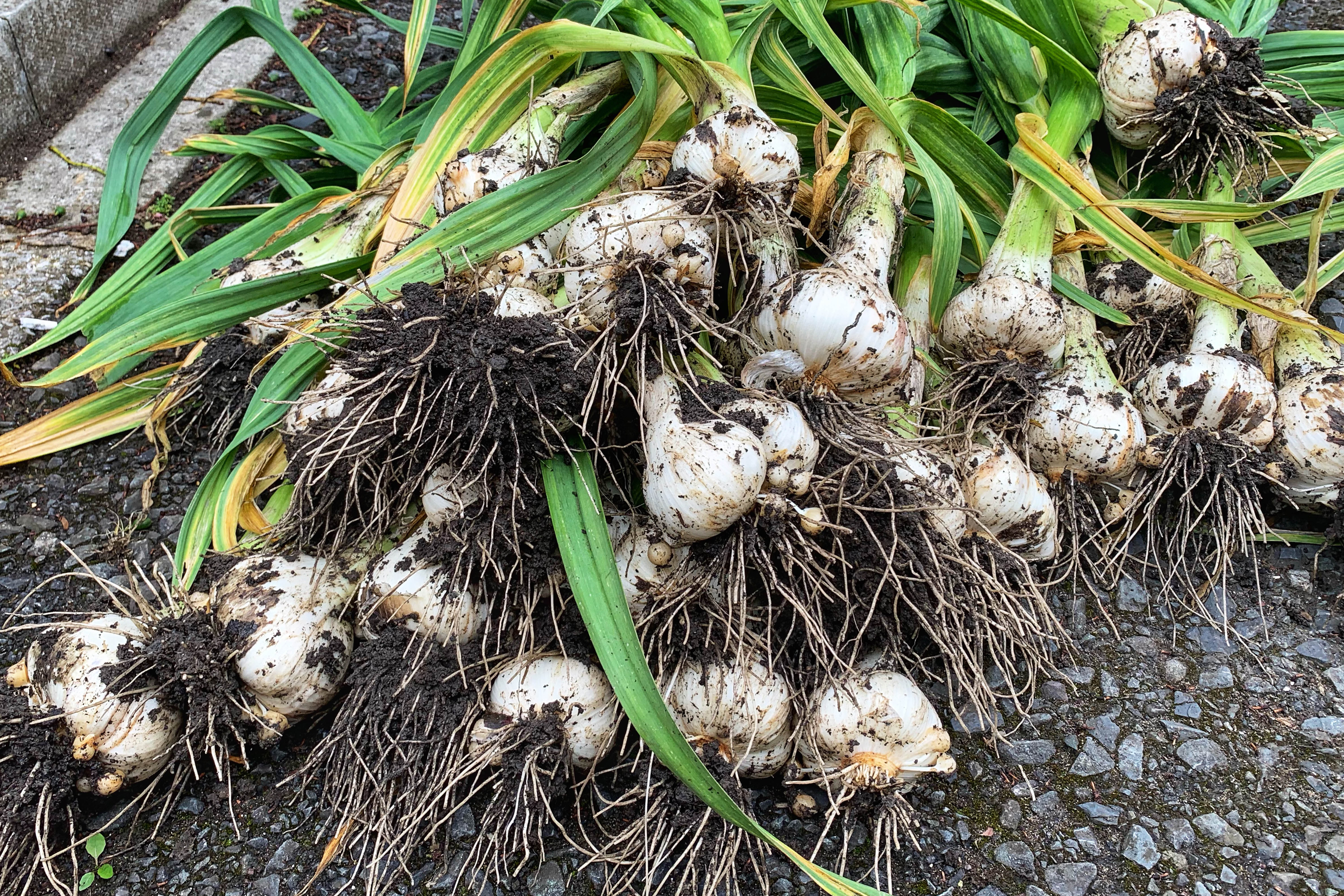
Credit: Getty Images
How to grow garlic: Delicious, lucky and superbly easy to cultivate
Mark Diacono teaches us how to grow garlic.
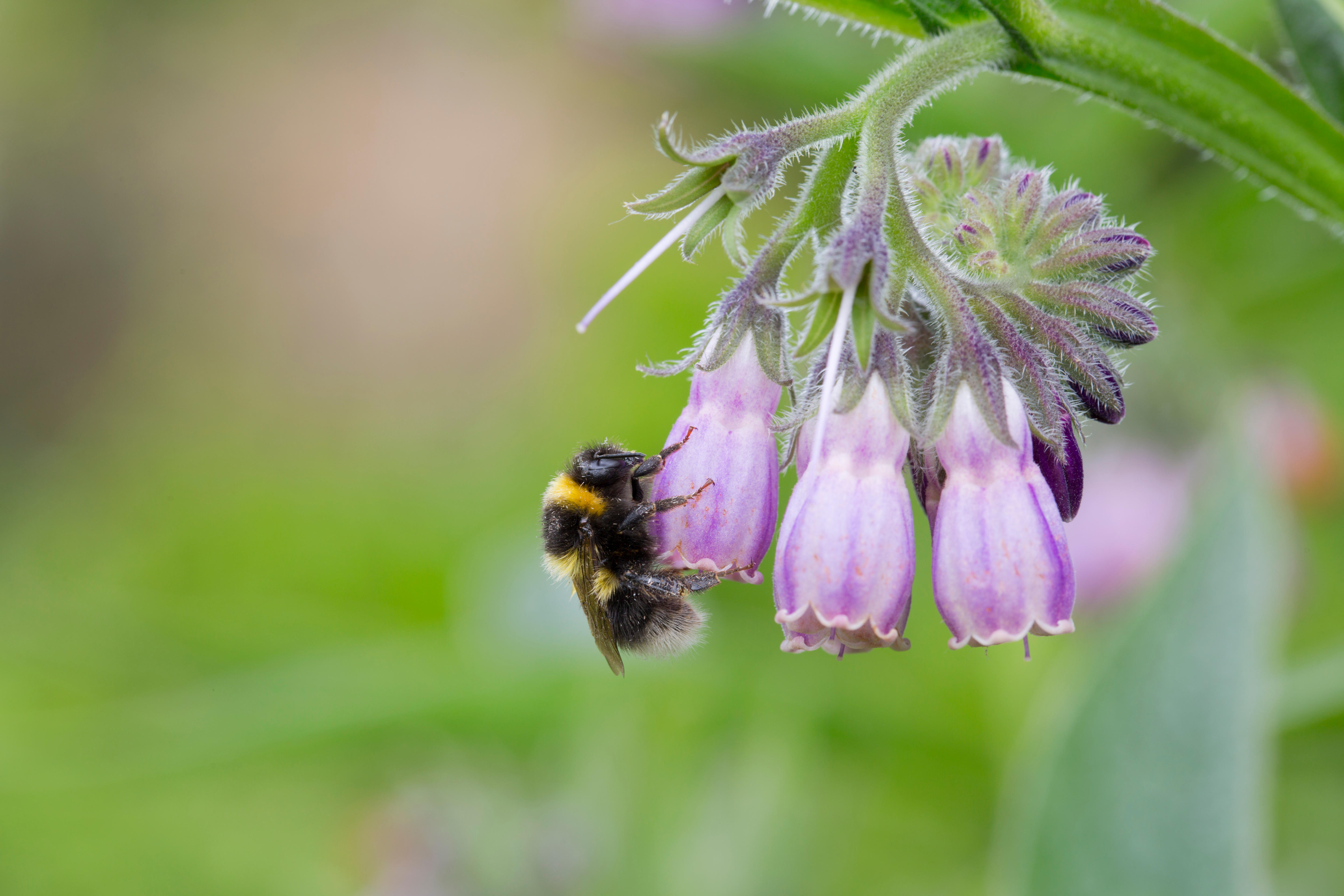
Comfrey: What you need to know about the plant that 'looks like borage a couple of gins into a long weekend'
Mark Diacono on the beautiful and untamed joy of comfrey.
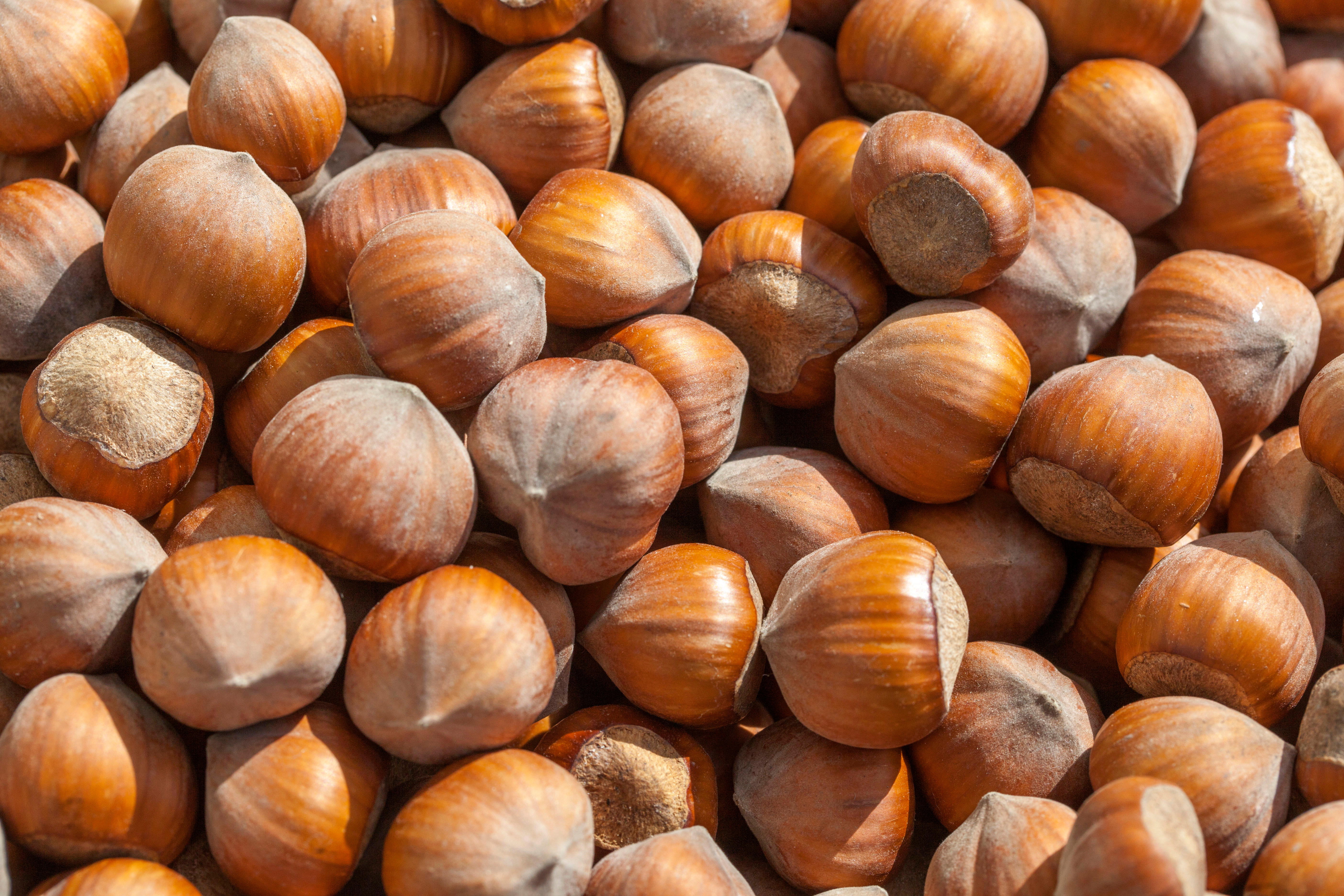
Mark Diacono: How to grow your own hazelnuts (and why you'll find it rather easy)
Our resident grow-your-own expert Mark Diacono gives his tips on the surprisingly easy hazelnut.
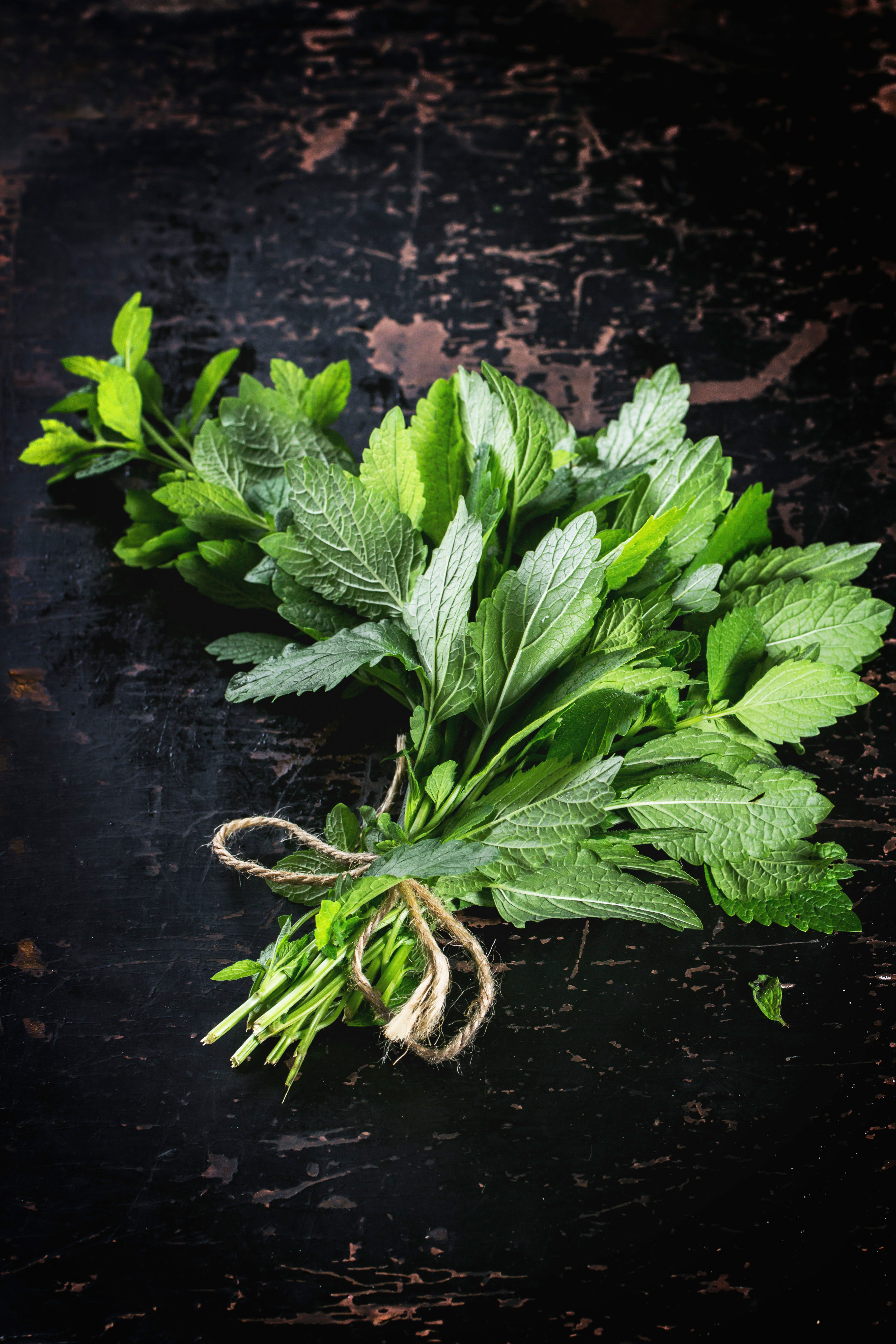
Credit: Alamy
Cultivating mint: What varietals to plant, where to plant them and whether they should be used for jelly or juleps
Mark Diacono explains why mint is for even the incurably incompetent horticultural enthusiast.
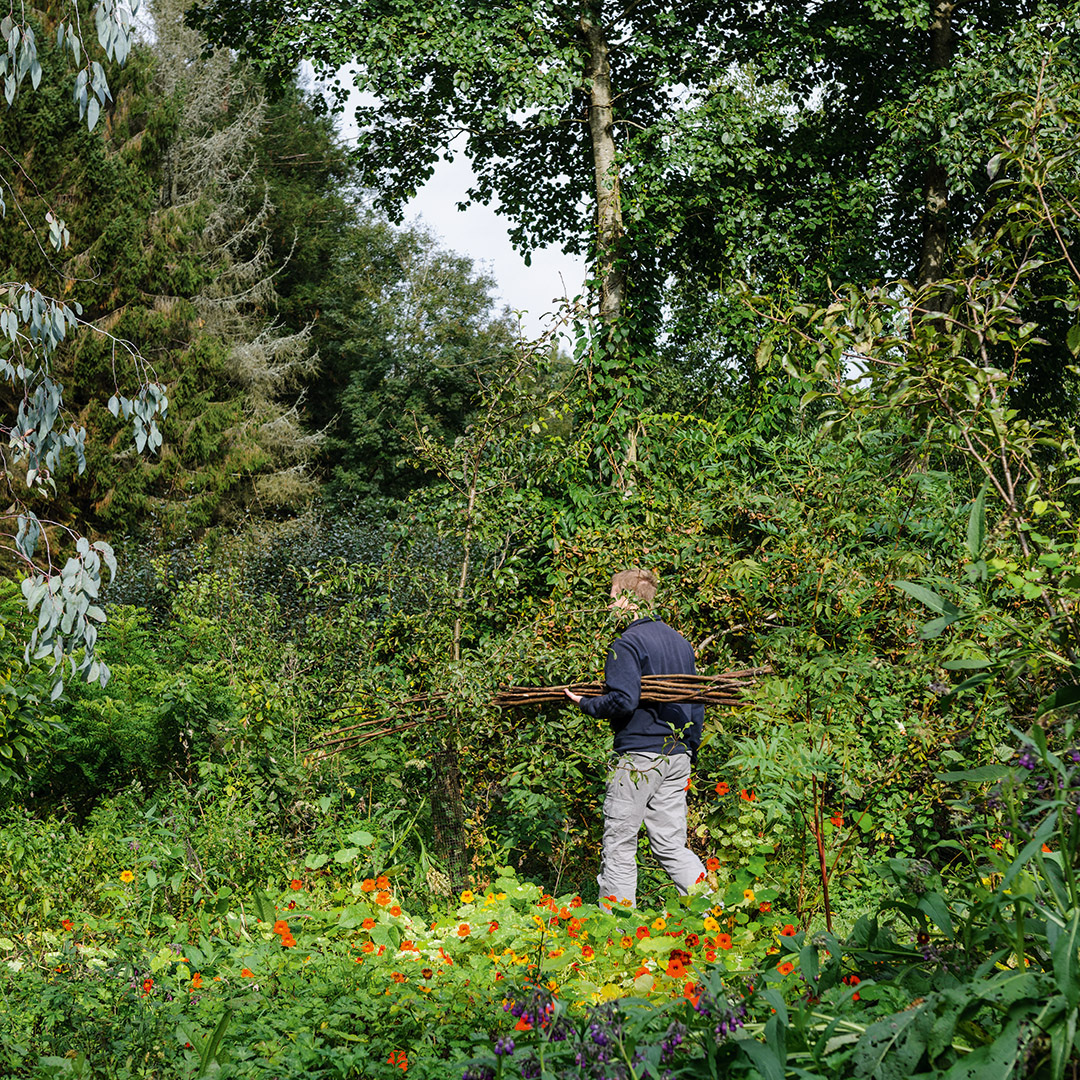
The forest garden in Devon 'with an air of Willy Wonka’s chocolate factory'
Mark Diacono on Martin Crawford, the man who has inspired him for decades.
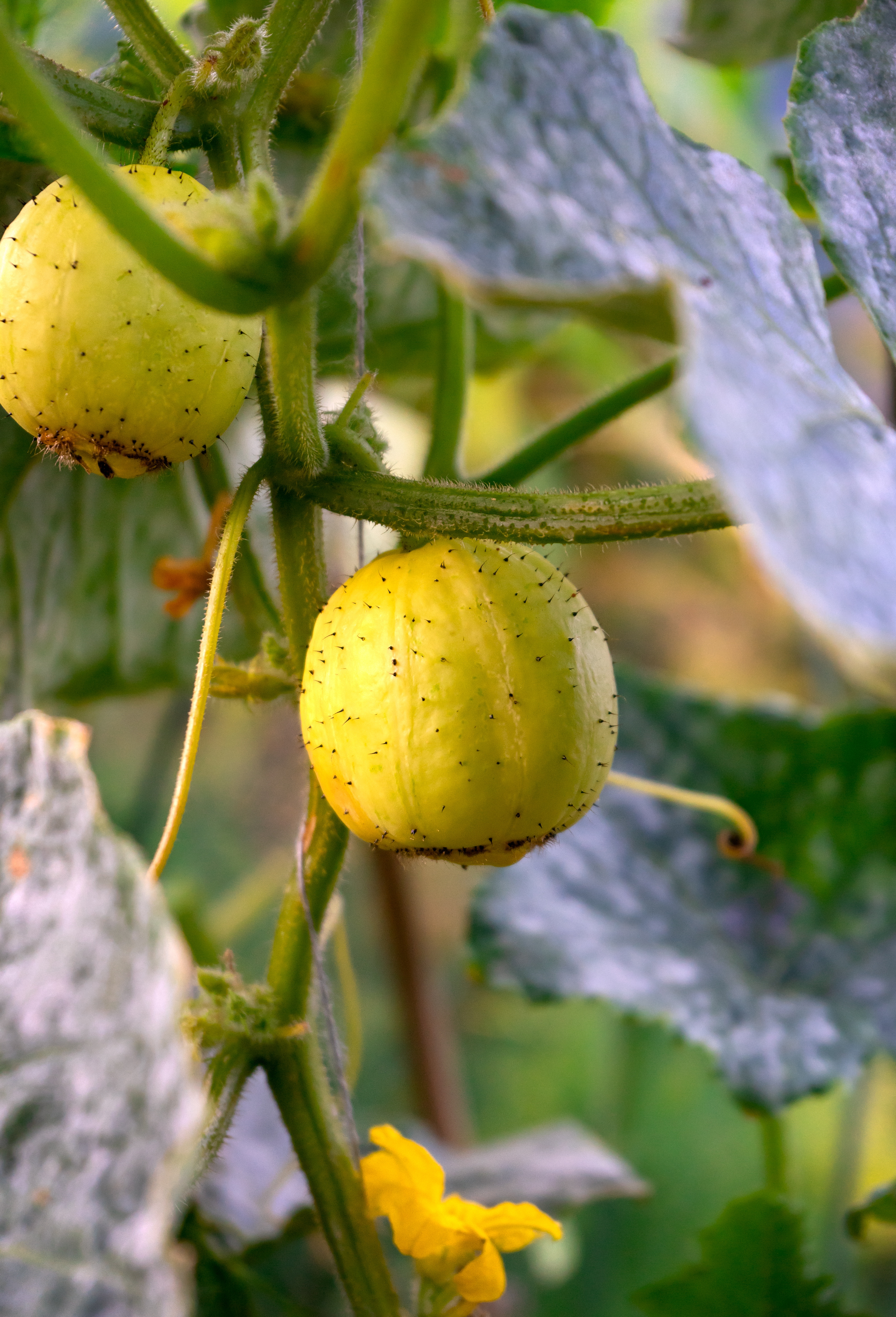
Everything you need to know to grow your own cucumbers
Food writer Mark Diacono shares his tips on how to grow cucumbers and three of his favourite varieties to try.
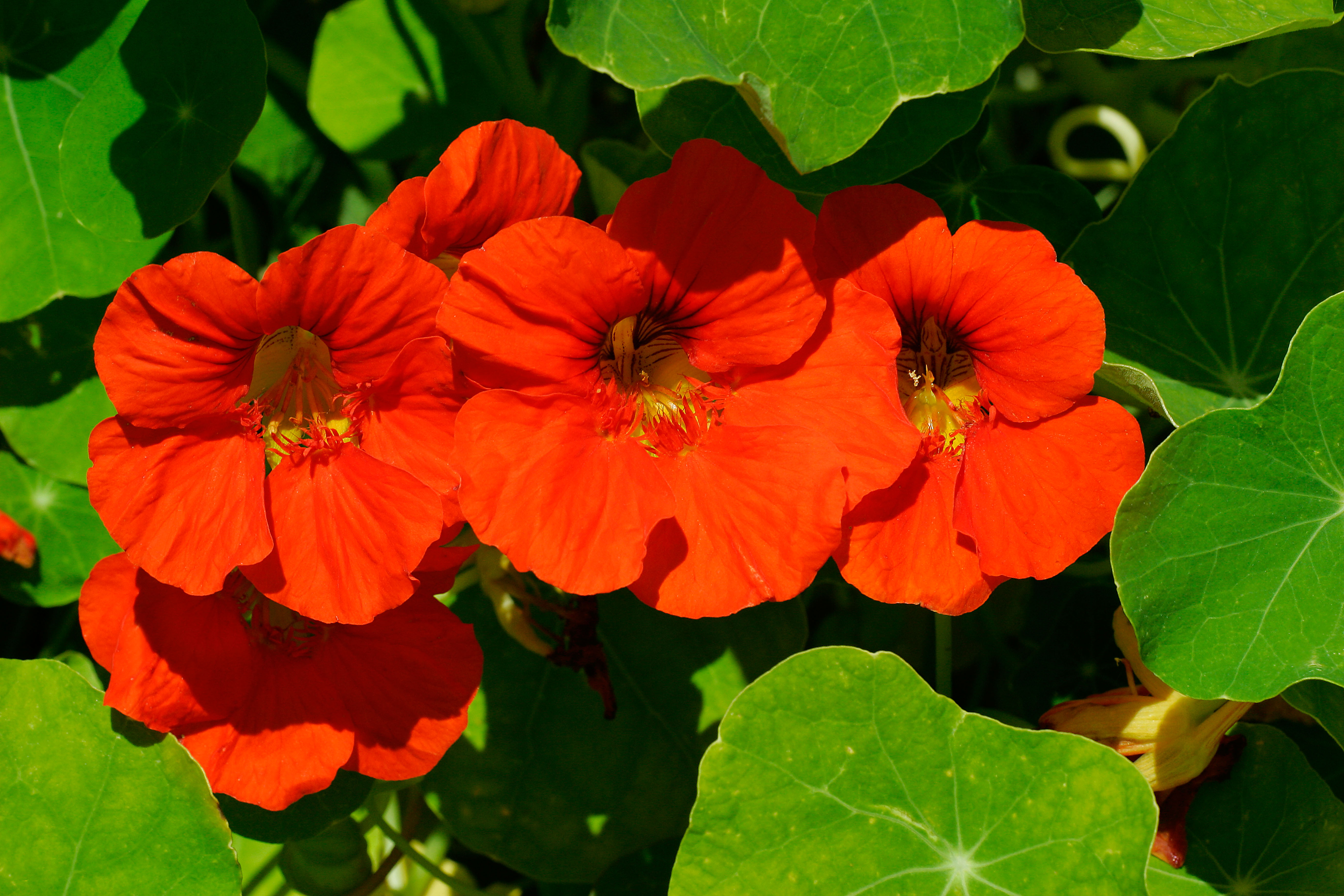
Credit: Alamy
The top salad leaves to grow in your garden for summer garnishes
Mark Diacono tells us his top salads to plant to accompany barbecues this summer season.
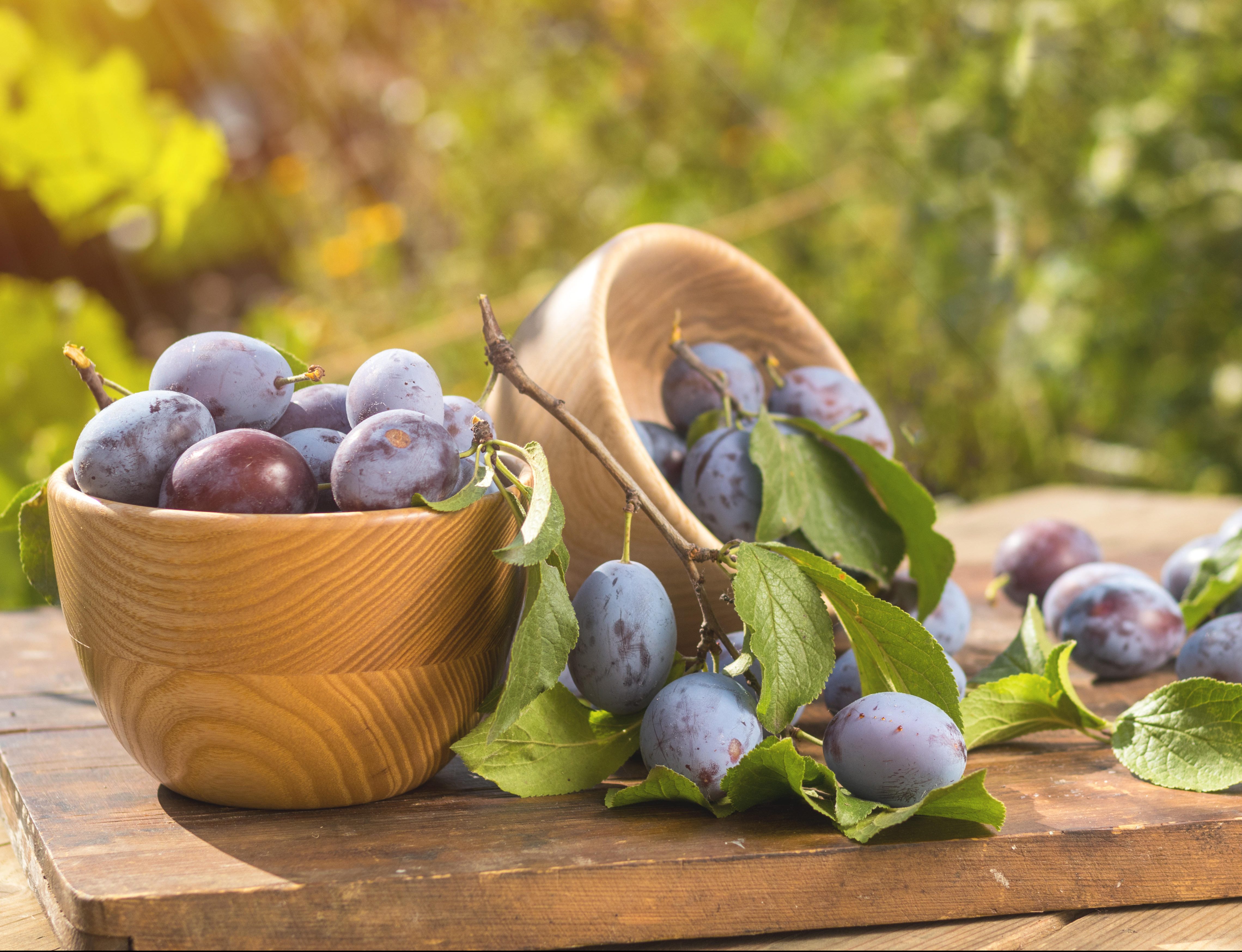
Plums to grow, plums to show, and plums to pop in your gin
Mark Diacono picks his favourite plums — and their close relatives, damsons, mirabelles, bullaces and gages.

Credit: Getty Images/iStockphoto
Grow your own courgettes: What to plant, when to plant it... and why size really does matter
Mark Diacono shares his tips on the surprisingly simple yet hugely rewarding art of growing courgettes.

How to grow your own pears (spoiler alert: it's not easy)
Mark Diacono shares his advice on one of the trickier fruit trees to get right: the pear tree.
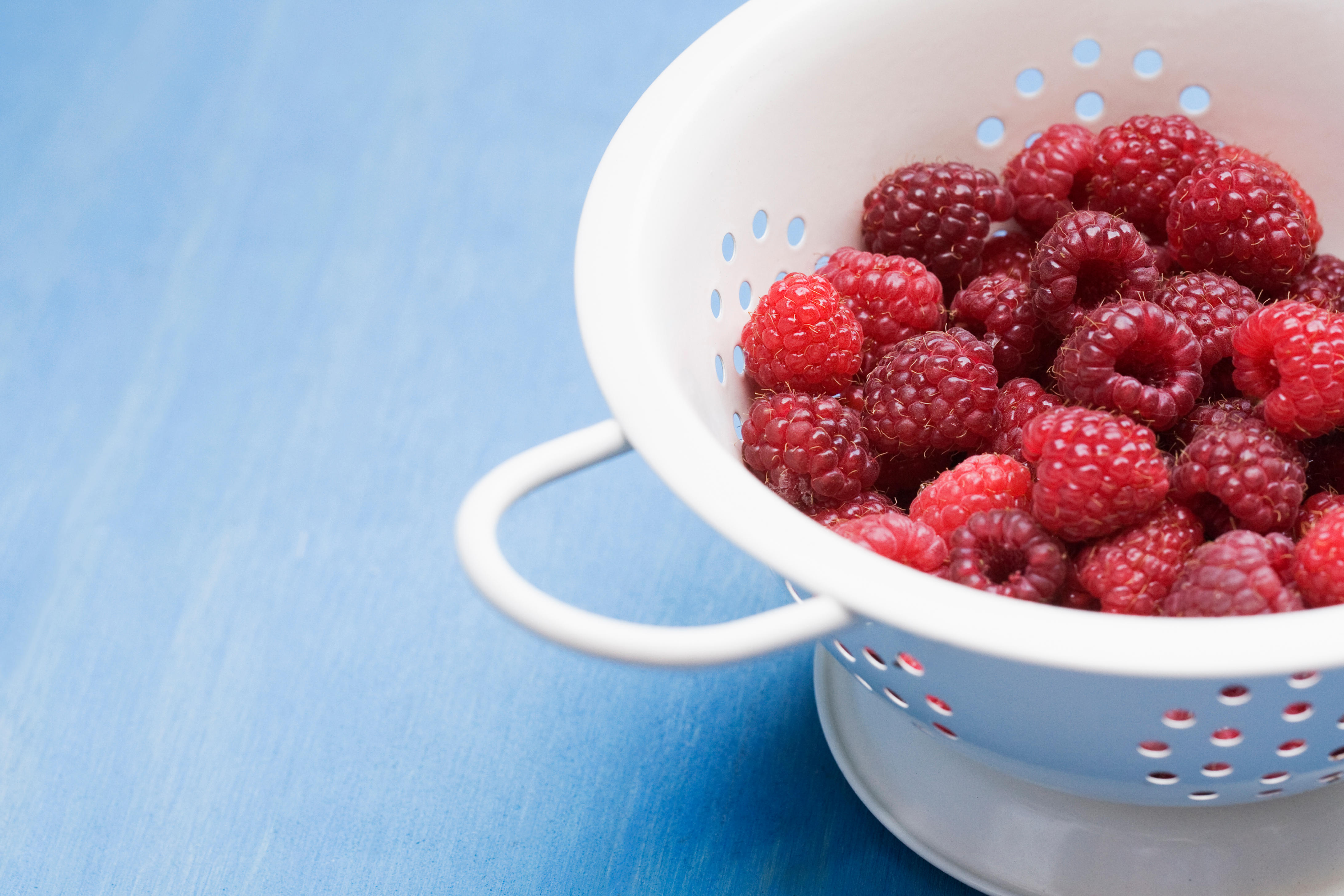
Tend to your raspberries now — you'll thank yourself next summer
Pick the right varieties and next year you could be enjoying fresh raspberries for months instead of weeks, explains Mark
Mark is lucky enough to spend most of his time eating, growing, writing and talking about food. He has written fourteen award-winning books, including A Year at Otter Farm and A Taste of the Unexpected (both won Food Book of the Year, and Garden Book of the Year). Known for growing everything from Szechuan pepper to pecans to Asian pears, Mark's refreshing approach to growing and eating has done much to inspire a new generation to grow some of what they eat. He was involved in the early days of River Cottage, appearing in the TV series, and writing four River Cottage books. Mark writes to a global audience on his best-selling Substack: Mark Diacono’s Abundance.
